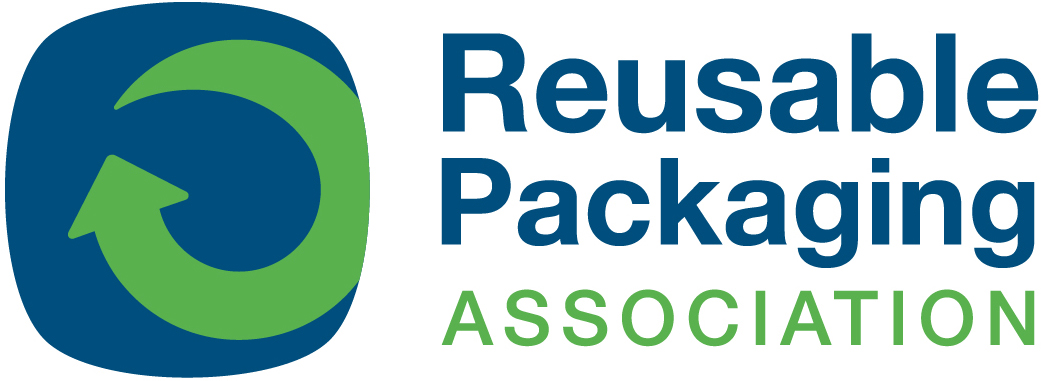 Bob Klimko, chairman of Reusable Packaging Association Education Committee and Director of General Industrial Marketing, Orbis Corporation
Bob Klimko, chairman of Reusable Packaging Association Education Committee and Director of General Industrial Marketing, Orbis Corporation
As the value of plastics and other materials used to create reusable packaging increases, more and more manufacturers are dealing with reusable asset theft. Food Manufacturing spoke with Bob Klimko, chairman of the Reusable Packaging Association (RPA), about the growth of the problem and how companies can prevent asset theft.
Q: What is asset theft?
A: Asset theft is a component of a broader term called asset loss. In the reusable packaging industry, asset loss occurs when assets do not survive their intended asset life. Loss can occur from misuse of assets, mistreatment of the assets or theft. Some of the theft is pedestrian, like a college student taking a milk crate for their dorm room. Some of the theft is more organized with sophisticated systems that collect and redistribute stolen assets for profit.
Q: Why has asset theft become more prevalent in recent years?
A: The value of the raw materials used for reusable packaging is increasing, making them attractive to criminals. Whether metal, wood or plastic, as commodity prices increase, criminals are attracted to this type of asset theft.
Q: How is asset theft affecting the food industry?
A: Like other industries, the food industry is being affected by asset loss and theft, albeit indirectly. Reusable assets are hidden treasures within the food supply chain. The pallets, containers and reusable systems (of varying material types) are used by the food industry every day. Although these are truly assets, most companies do not monitor, inventory or pay attention to them until extreme loss or theft occurs. Caring about empty reusable assets is not a priority for most companies – until there is an issue.
Q: What is the Reusable Packaging Association doing to help minimize asset theft?
A: The RPA has a committee called the Asset Loss Prevention Committee. This committee governs the activities of the association related to asset loss. The education component includes end user and law enforcement education to create awareness about the asset loss issue, and the sharing of the best practice solutions that can be deployed to assist with the issue. There is also a newer legislation component that will include education to various law enforcement agencies about the value of the reusable assets and the theft issue. Additionally, we are focusing on understanding existing and proposed legislation related to asset loss. Finally, the RPA has created curriculum that details the different types of identification and tracking methods for users to consider to help manage their reusable systems.
Q: What can companies do to help prevent asset theft?
A: First, companies should understand what reusable assets they have and where they are in their given supply chains. In order to understand where loss is occurring, a company must first understand how its reusable assets are used in their supply chains and the processes being deployed to manage them. Second, companies need to understand the various types of solutions available to help them manage their assets better, which in turn will minimize theft. The RPA has detailed the services available. Finally companies can join the Asset Loss Prevention Committee at the RPA to continue to work on the issues. Most of the meetings are via teleconference so the cost is low, and involvement would be appreciated.
To learn more about resources and best practices available from the RPA, visit the website at www.reusables.org or call 703-224-8284 or email info@reusables.org.
Interview by Lindsey Coblentz, Associate Editor
